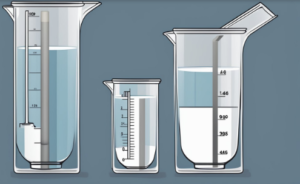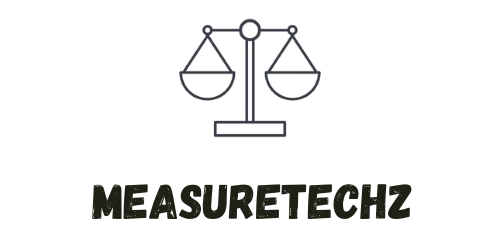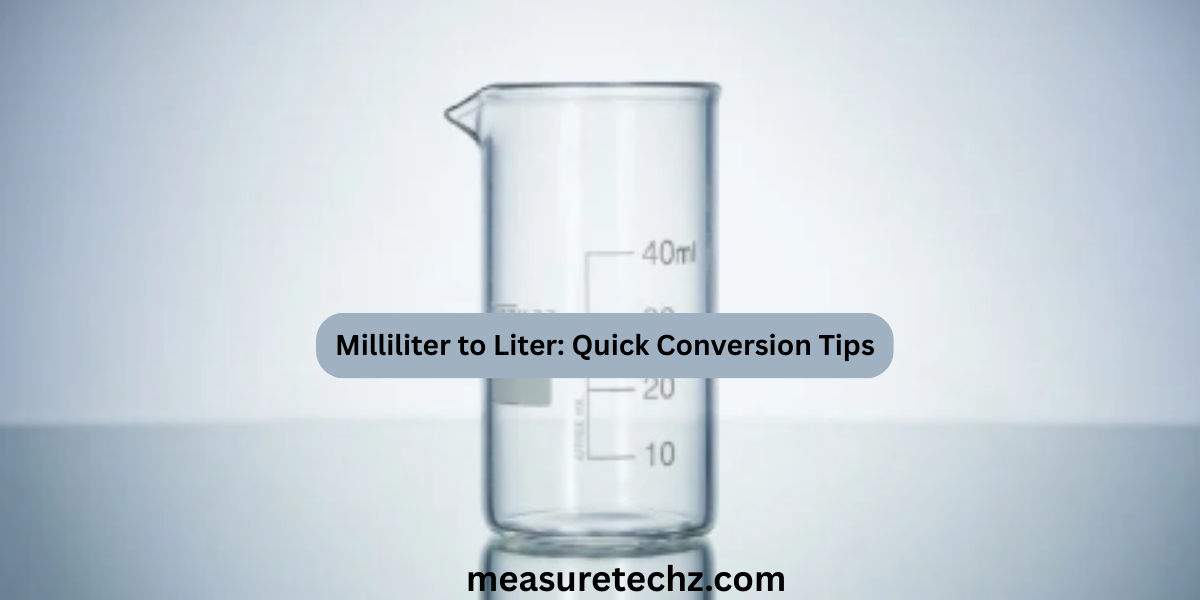Understanding how to convert milliliter to liter is essential for everyday tasks such as cooking, medicine dosage, and scientific measurements. Whether you’re a student, a professional, or just someone who needs a quick and easy conversion, this guide will help you master the process effortlessly.
In this article, we’ll explore the basics of milliliters and liters, provide simple conversion methods, and offer practical tips to make these conversions second nature. Let’s dive in!
Understanding Milliliters and Liters

Before getting into the conversion, it’s important to understand what milliliters and liters represent:
- Milliliter (mL): A metric unit of volume equal to one-thousandth (1/1,000) of a liter. It is commonly used for measuring small liquid quantities.
- Liter (L): A metric unit of volume used to measure larger quantities of liquid. One liter is equal to 1,000 milliliters.
Basic Conversion Formula
The formula for converting milliliters to liters is simple:
- Liters = Milliliters ÷ 1,000
Conversely, to convert liters to milliliters:
- Milliliters = Liters × 1,000
Quick Conversion Table
For convenience, here’s a quick reference table:
| Milliliters (mL) | Liters (L) |
|---|---|
| 1,000 mL | 1 L |
| 500 mL | 0.5 L |
| 250 mL | 0.25 L |
| 100 mL | 0.1 L |
| 50 mL | 0.05 L |
| 10 mL | 0.01 L |
| 1 mL | 0.001 L |
Common Applications of Milliliter to Liter Conversion
1. Cooking and Baking
Many recipes use milliliters for precise ingredient measurements, especially in countries that follow the metric system. Knowing how to quickly convert mL to L can help ensure accuracy.
- Example: A soup recipe requires 750 mL of broth. To convert:
750 mL ÷ 1,000 = 0.75 L
2. Medical Dosages
Medications are often measured in milliliters, especially in liquid form. Understanding conversions can be vital in administering the correct dosage.
- Example: A doctor prescribes 2.5 mL of medicine per dose. To find out how many liters this is:
2.5 mL ÷ 1,000 = 0.0025 L
3. Science and Laboratory Work
Scientists frequently work with milliliters and liters in chemistry and biology labs. Proper conversion ensures precise measurements and successful experiments.
- Example: A lab experiment requires 3,200 mL of distilled water. To convert:
3,200 mL ÷ 1,000 = 3.2 L
4. Daily Hydration and Beverages
Many water bottles indicate volume in milliliters. If your hydration goal is 2 liters per day, you can calculate how many bottles you need.
- Example: A water bottle holds 500 mL. How many do you need to drink 2 L?
2,000 mL ÷ 500 mL = 4 bottles
Tips for Quick and Accurate Conversion
- Use mental math: Remember that moving the decimal point three places left converts milliliters to liters.
- Leverage online tools: Google and unit converter apps can instantly calculate conversions.
- Practice with real-life scenarios: Apply conversions when cooking or measuring liquids to reinforce learning.
- Use measuring cups: Many measuring cups include both mL and L markings to simplify conversions.
Frequently Asked Questions
1. How many milliliters are in one liter?
- There are 1,000 milliliters in one liter.
2. How do I convert 250 mL to liters?
- Divide by 1,000: 250 mL ÷ 1,000 = 0.25 L.
3. Is 750 mL the same as 0.75 L?
- Yes, 750 mL is equivalent to 0.75 L.
4. What is the easiest way to convert milliliters to liters?
- Move the decimal point three places to the left or divide by 1,000.
Conclusion
Converting milliliters to liters is a fundamental skill that can help in various everyday situations. Whether you’re cooking, measuring medicine, or working in a lab, knowing how to quickly and accurately make this conversion saves time and prevents errors.
By remembering the basic formula, using quick reference tables, and practicing conversions in real-life scenarios, you can easily master this essential measurement skill.

